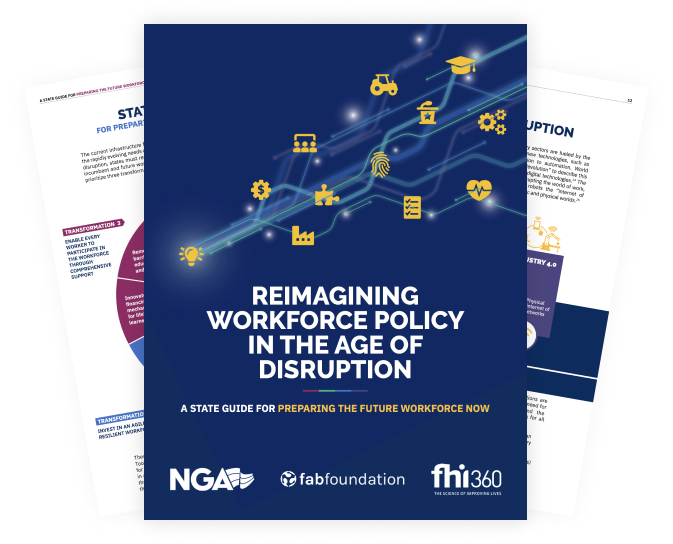Promote transparency in the on-demand workforce and consider new regulations to accurately classify these workers. The state proactively conducts outreach to gather data on changes in the on-demand labor market, including demographic shifts and consistency of classification law enforcement.
State Program Examples
-

New Jersey
Taskforce on Employee Misclassification
In 2018, New Jersey Governor Phil Murphy established a Taskforce on Employee Misclassification via executive order. The taskforce explored how state agencies can improve their policies and procedures to address misclassification. In an audit of just one percent of employers found 12,315 instances of misclassification, totaling more than $13 million in lost revenues for the state. The report released by the taskforce in 2019 recommended that “contracting language be strengthened to exclude bad actors who misclassify their employees.”
-

Vermont
Lower 1099-K Threshold
Many workers who are required to file a 1099-K do not receive any documentation because they do not make enough money through any one payee. However, this documentation is critical for avoiding underreporting, clarifying tax obligations, and maximizing social security benefit entitlement for retirement for workers, including those who participate in non-traditional and on-demand work. In response, Vermont lowered the threshold for receiving a 1099-K from $20,000 to $600. This revised threshold also benefits the state by bringing in more tax revenue.
-

Colorado
Study of Independent Contractors and Unemployment Insurance
The state has prioritized gathering data on the on-demand workforce and identifying opportunities to protect these workers. During the 2020 legislation session, the state legislature passed SB20-207 requiring Office of the Future of Work to study independent contractors and unemployment insurance to inform policy recommendations that support independent contractors. Additionally, as a part of NGA’s State Collaborative Consortium to Understand and Support the OnDemand Workforce, Colorado conducted focus groups of on-demand workers and employers, and published a report on their findings.
-

Missouri
Interagency Taskforce on Worker Classification
Missouri Governor Mike Parson signed Executive Order 20-15 creating the Interagency Task Force on Worker Classification between the Department of Labor and Industrial Relations, Department of Revenue, Department of Commerce and Insurance and the Attorney General to promote the proper classification of Missouri worprkers and create a more prosperous economy. The task force will work collaboratively with business, labor and community groups to assess the effectiveness of existing investigative and enforcement mechanisms for identifying and preventing worker misclassification. The task force will also engage in community outreach campaigns to inform and educate stakeholders on the legal difference between independent contractors and employees and the harms caused by worker misclassification. The task force will report its findings and recommendations to the Governor on an annual basis. A final report will be issued by December 31, 2024, at which point the Task Force will be dissolved.
-

Montana
Independent Contractor Workers' Compensation
In the state of Montana, in order to be an independent contractor, workers must be free from control or direction from the hiring agent and engaged in their own independently established business, occupation, trade, or profession. The contractor may be covered under a self-elected workers' compensation insurance or be approved for a waiver from the Montana Department of Labor and Industry. This process is designed to ensure those doing work under the independent contractor classification meet all of the requirements and that workers are aware of their rights.










